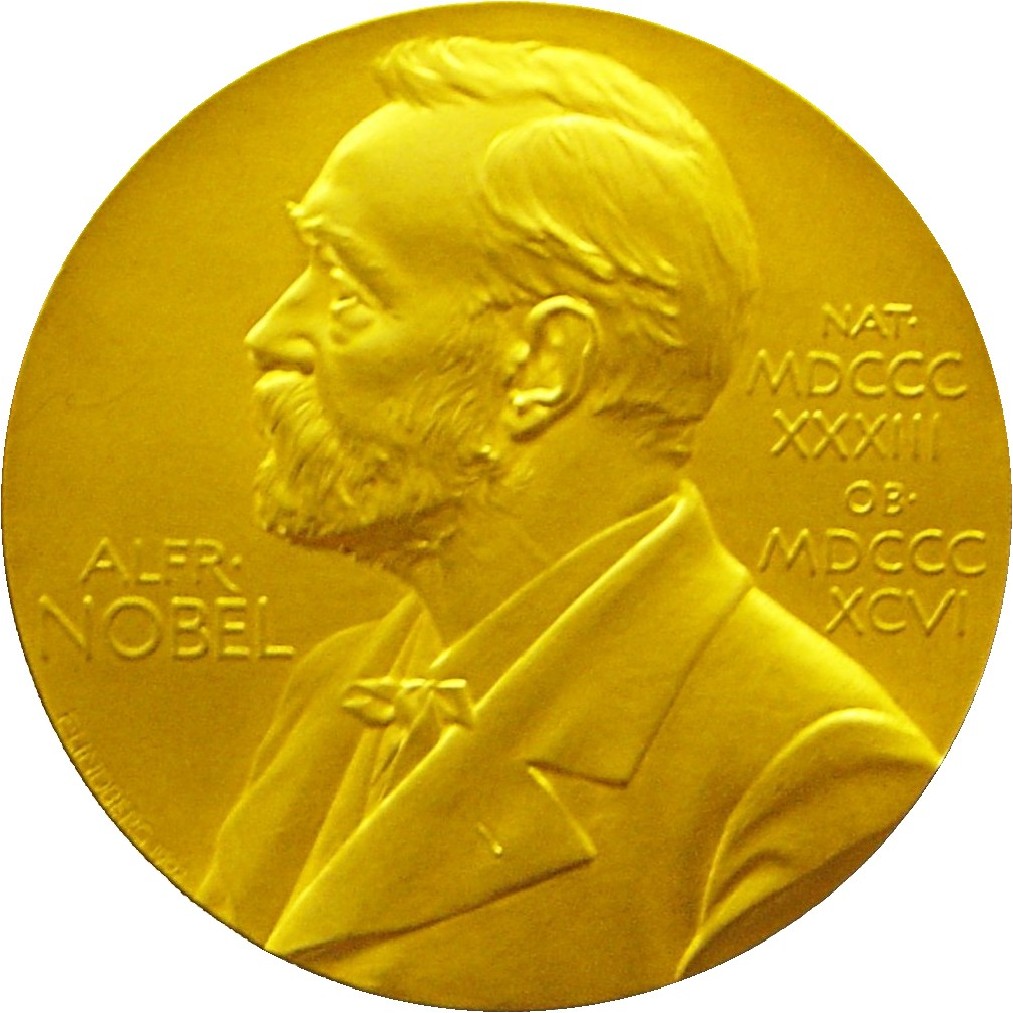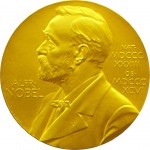The 2013 Nobel prizes in medicine, physics, and chemistry were awarded this week, with the medals for literature, peace and economics are yet to come.
In medicine, James Rothman, Randy Schekman and Thomas Südhof received the prize for elucidating trafficking mechanisms within cells. Cells use vesicles (membrane enclosed bubbles) to transport different cargo between cellular compartments or to other cells. The three researchers won the award for discovering how these vesicles get directed to their intended target and how the cargo is eventually delivered. The Nobel summary can be found here.
In physics, the award goes to François Englert and Peter Higgs. Admittedly, I understand next to nothing about the Higgs boson, except that it is a subatomic particle that was confirmed to exist earlier this year. Particle physics is astonishing. You can read the summary here.
And in chemistry the prize goes to three scientists, Martin Karplus, Michael Levitt and Arieh Warshel. These three chemists, have developed computational models for complex chemical systems. The researchers are being recognized for basically pioneering this whole field. The computations are relevant to multiple areas of chemistry including protein folding, electron transfer and catalysis. The Nobel report is here.
Congratulations to the newly minted laureates.

